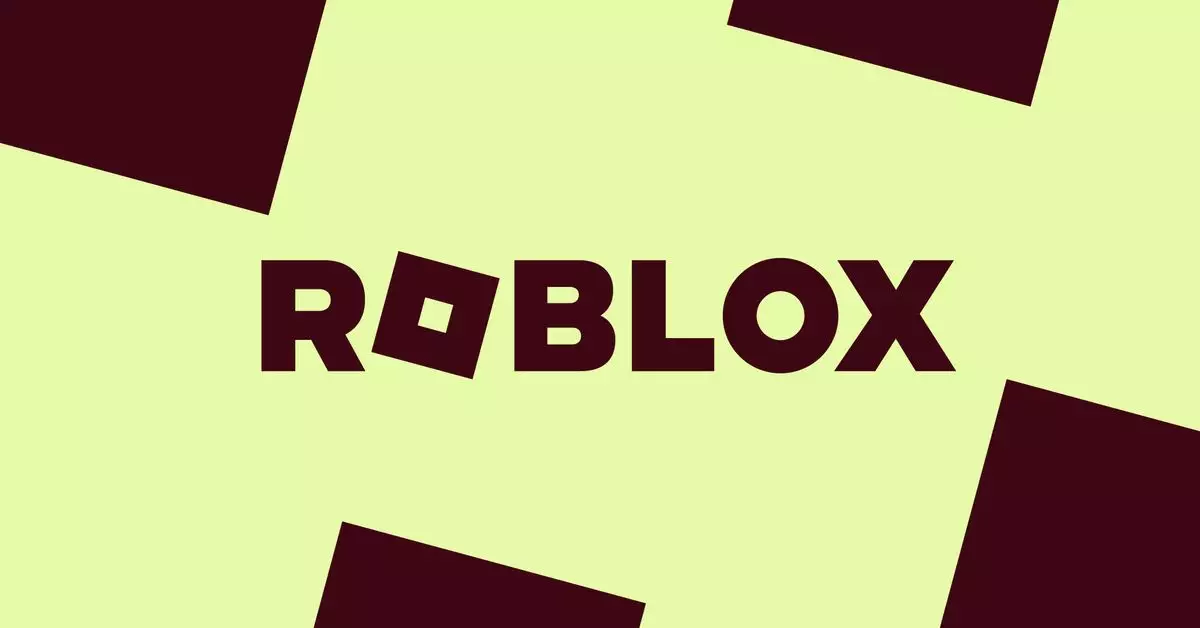In recent months, Roblox has come under fire regarding its ability to create a safe environment for its young users. Reports of predators exploiting the platform, coupled with significant backlash from various stakeholders, have forced the popular gaming site to reevaluate how it manages user interactions, particularly for children. As these concerns mount, Roblox announced several critical changes that aim to enhance parental controls and better protect its youngest users.
Roblox, a platform that millions of pre-teens utilize for gaming and social interaction, found itself in hot water following troubling reports on child safety. Notably, an investigative piece by Bloomberg outlined serious vulnerabilities that predators were exploiting on the platform. Furthermore, Turkey’s choice to block Roblox from its borders highlighted the urgency and gravity of these allegations, underscoring a fear for children’s wellbeing.
While the company’s introduction of an office in Turkey was aimed at mending relations, it was clear that Roblox’s reputation had taken a hit. Public sentiment surged against the company, culminating in financial critiques alleging that the platform fostered an unsafe space for minors.
In response to this turmoil, Roblox revealed a suite of changes set to roll out shortly. A noteworthy alteration is the introduction of a new account type aimed squarely at parents. These “parent accounts” will facilitate parental oversight by allowing caregivers to link their accounts with their children’s. This connection will enable parents to monitor their child’s usage patterns—such as daily screen time and friendships—while offering tools to manage permission levels for various features on the platform.
One particularly significant change pertains to the ability of younger users to access chat features. Starting next month, children under the age of 13 will now require parental approval to use certain chat functionalities, while those under the age of 9 will need explicit parental consent to engage with experiences tagged with “moderate” content labeling. This label indicates that the experience may feature elements of violence or crude humor, meaning that children will be less exposed to potentially harmful content.
Roblox is not just adding parental controls; it’s also shifting from age-specific experience guidelines to a more nuanced content labeling system. This transition aims to provide greater clarity to parents regarding the nature of content that their children will encounter. Rather than relying solely on the age of the user, this system classifies experiences based on content type, allowing parents to exercise more granular control over what their children can access.
However, this system isn’t without its flaws. Roblox’s decision to eliminate the option to set a parent PIN restricts parents’ ability to make changes as they see fit. This limitation could lead to frustration for parents who feel they need more direct control over their child’s activity on the platform.
Roblox has publicly stated that these updates are a reflection of their commitment to child safety. Juliet Chaitin-Lefcourt, a company spokesperson, expressed excitement over these developments while emphasizing the platform’s dedication to cultivating a secure online environment for users, particularly the younger demographic. Yet, the question remains: Are these changes sufficient to restore trust in the Roblox community?
While proactive measures are a step in the right direction, some critics remain skeptical. The lack of certain controls, such as the ability for parents to restrict account functionalities or receive notifications about their child’s activity, raises concerns that Roblox is only performing damage control rather than taking substantive measures to improve safety.
The potential effectiveness of these policy changes will ultimately depend on their implementation and ongoing adaptability in response to user feedback. With a vast user base that continues to expand, Roblox must remain vigilant and responsive even as it rolls out new features.
As the gaming landscape evolves, so too do the risks associated with children’s interaction in virtual spaces. Roblox has the opportunity to lead the charge in creating a standard for child safety in online gaming, but this responsibility will require continuous effort beyond the forthcoming changes.
Ultimately, the industry’s eyes will be on Roblox as it seeks to balance creativity and community with the necessary protections for its youngest inhabitants. The commitment to evolving these systems must be matched by transparent and effective enforcement, or else these measures may fall short of their intended goal.

